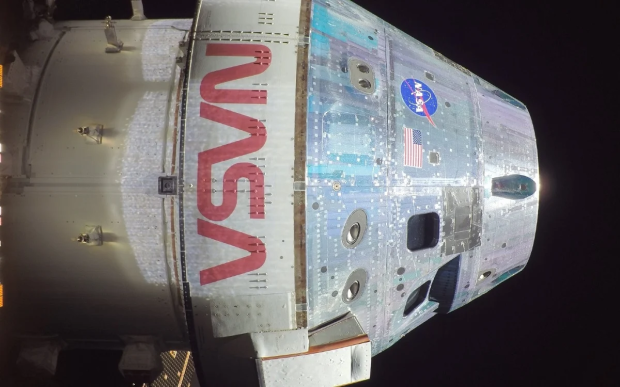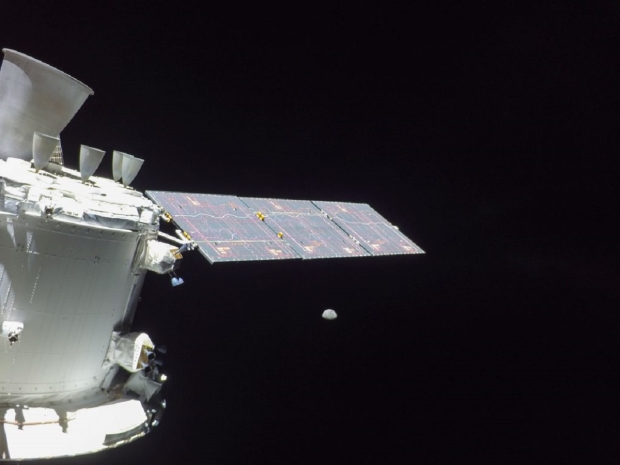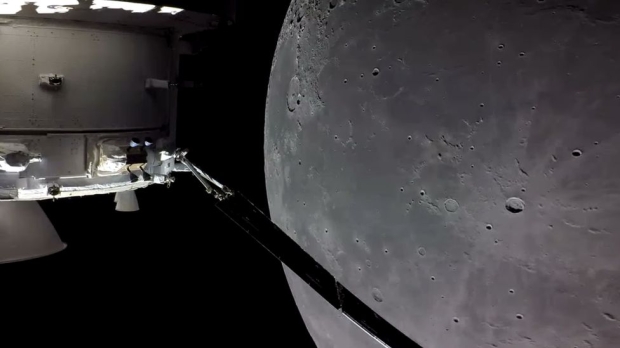NASA gives update on Artemis 1 mission, Orion spacecraft to return back to Earth
NASA has dropped an update on its Artemis 1 mission and how long it will be until its Orion spacecraft lands back on our pale blue dot.

NASA has taken to its blog to provide an update on its Orion spacecraft which is currently on its way back to Earth for a scheduled splash down on December 11.

The space agency explains that Orion is currently on track to have a more than successful mission as the spacecraft has already completed its primary mission objectives while also completing some bonus objectives throughout its journey. However, NASA isn't ready to sign off on everything yet as the space agency is still to test its priority one and priority three objectives, with priority one being the day that Orion re-enters Earth's atmosphere and priority three being to retrieve the spacecraft.
NASA explains in a blog post that engineers will be performing a survey of Orion's crew module and service module with each of the cameras that are positioned on the spacecraft's four solar arrays. The engineers will be inspecting each part of the spacecraft and examining the 1,300 thermal protection system tiles that are designed to protect Orion from burning up on re-entry.

Notably, the space agency writes that the crew module and service module will separate shortly before re-entering Earth, with the crew module planned to safely splash down in the Pacific Ocean near Guadalupe Island, and the service module burning up in Earth's atmosphere. The service module has been specifically designed to completely burn up in Earth's atmosphere, which means none of the parts pose any threat to the land, people, or ships out at ocean.
Orion's parachute system will initiate at around five miles in altitude, enabling three small parachutes that will slow the spacecraft down enough for the main parachute deployment. Earth's atmosphere will slow down Orion to about 325 mph, and when it reaches 9,500 feet will be around 130 mph. After the deployment of the main parachute, Orion is expected to splash down at just 20 mph or less.
Overall, the Artemis 1 mission has been a major success for NASA, and a crucial step towards the agency's goal of establishing a sustainable human presence on the Moon. The mission provided valuable data and experience that will be used to inform the design and development of future missions such as Artemis II and Artemis III.



